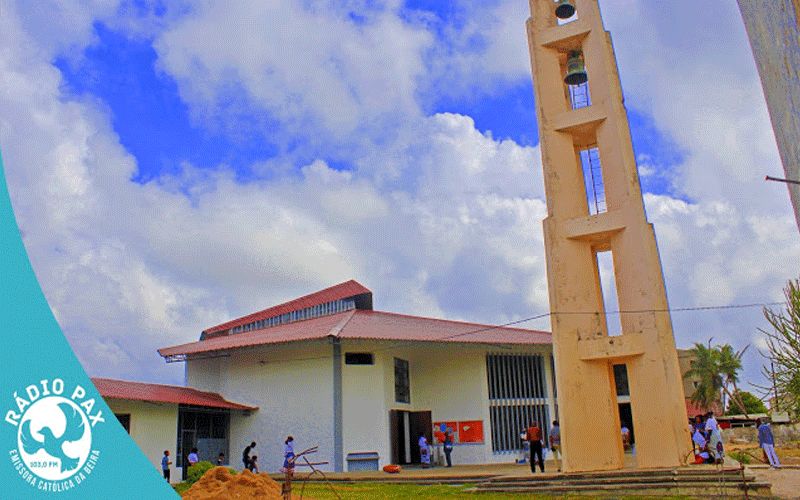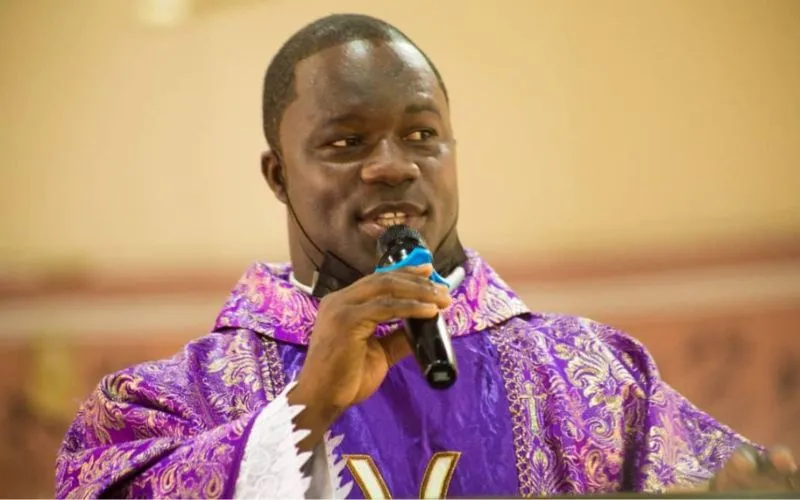Beira, 16 April, 2020 / 7:19 am (ACI Africa).
Initiatives toward the reconstruction of church structures at one of the parishes in Mozambique following last year’s Cyclone Idai that caused catastrophic damages have borne fruit, a Mozambican cleric has shared, acknowledging the help from various quarters.
“The situation in the parish is currently good. Thanks to the post-Idai reconstruction fund of the diocese we managed to have the roof of the Church, sacristy and the total rehabilitation of the parish house,” Fr. Diamantino Andrade, the Parish Priest of Our Lady of Fatima Parish in the outskirts of Mozambique’s Beira Archdiocese told Radio Pax in an interview published April 14.
“It was very beautiful and gratifying to see the human enthusiasm for solidarity, to understand that we all suffered, but there were those who suffered more than we did,” Fr. Andrade recalled the situation at his parish since the March 2019 storm and observed, “The sense and spirit of belonging was created and felt in young people, where it was beautiful to hear young people saying: our Church has fallen, but we are going to raise it.”
On the night of March 14-15, 2019, Cyclone Idai lashed the port city of Beira in central Mozambique with strong winds and high floods before heading to inland Zimbabwe and Malawi.
In the wake of the storm, at least 1,000 people lost their lives across the three countries, millions were displaced and since they had lost their homes and livelihoods, all the displaced were desperate for humanitarian assistance, OXFAM International reported.








